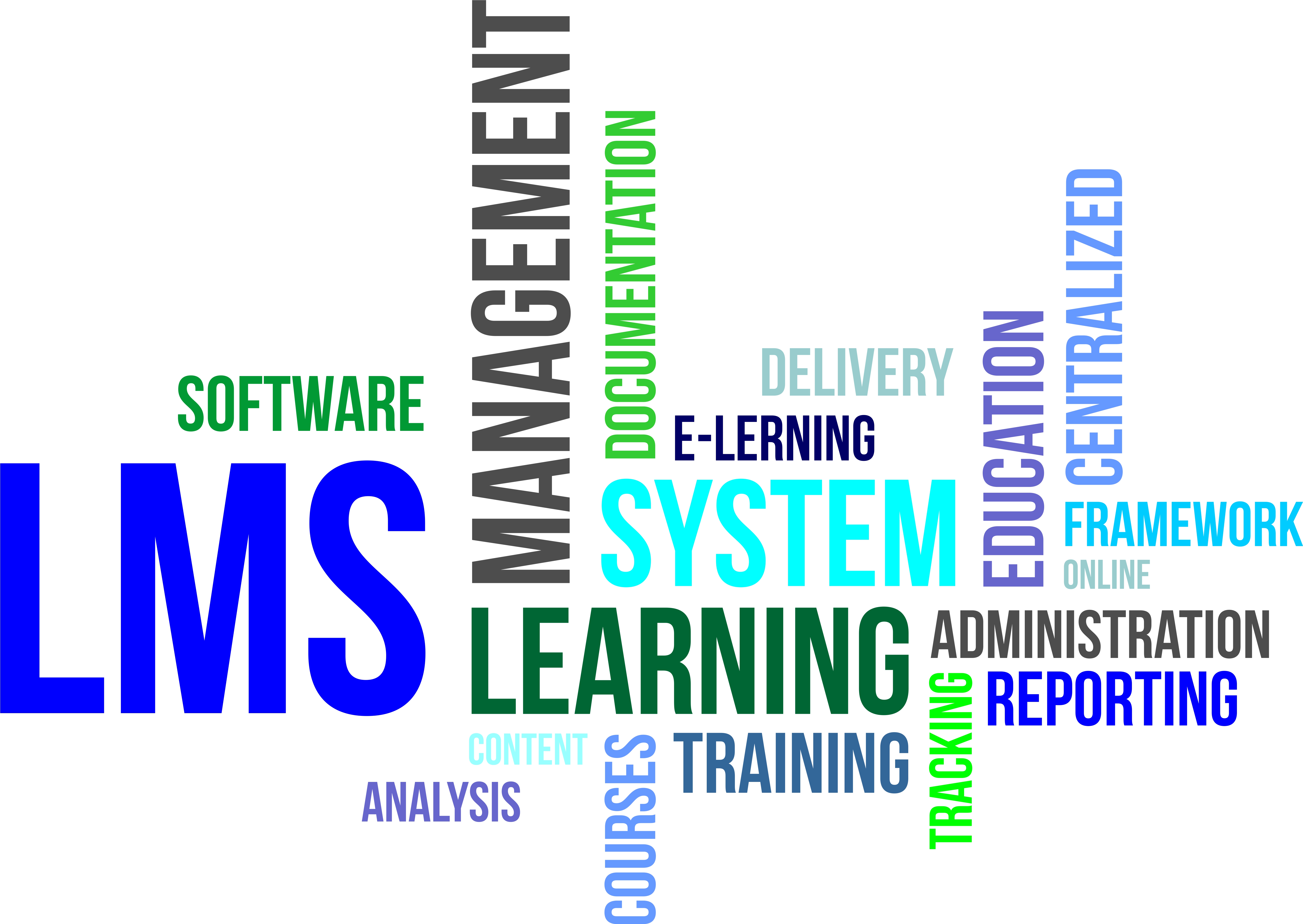
THANK YOU
FOR YOUR INFORMATION
One of our expert will be in touch with you…

Another acronym. Sometimes it seems like your working life is just an endless stream of acronyms that at some point you have to commit to memory. An LMS is a Learning Management System: Learning as the end result is to deliver training courses, either in a corporate or educational context. Management as you use it to manage and administer your courses, which includes creating them, deciding who should take them and even selling them. And finally System because, well, it’s a system. An LMS is a software application used by corporations, schools and universities to create, deliver and manage e-learning content, track user progress and create detailed reports on anything from completions to a user’s activity.
The industry technical standard for producing elearning content is SCORM (Shareable Content Object Reference Model), with the newer Tin Can API expanding the potential of elearning even further. SCORM is basically the language most e-learning content is written in, and is used by almost all. Tin Can API, generally held to be SCORM’s successor, allows training organizations to build up a picture of the elearner that goes way beyond their test scores. It can record almost anything, formal and informal, on and off-line, socially or from a virtual lesson, yielding data which can be used to construct a clear and fluid picture of the learner’s progress. To read in more detail about SCORM and Tin Can API go to our webpage, or read about how Tin Can API is changing how we view elearner progress here.
So an LMS is a tool used by both the trainers and the trainees. The trainers – universities or corporations – use it to design and create elearning content. SCORM standards means that it can be easily shared and manipulated, and even sold. Paradiso LMS integrates with major eCommerce platforms, so administrators can sell their courses and boost revenue. Trainers use the LMS to assign courses to trainees, and the trainees in turn complete their courses. Their grades and results are tracked and fed back to the instructors. This is a overly simplified explanation of what LMSs can do, but explains well its core functionality.
LMSs are now opening up to the myriad possibilities that social learning brings. Social learning, together with gamification, is the next step in e-learning, and relates to the learning we engage in outside of classrooms. This might be participating in discussions in forums, watching relevant videos on youtube or working together with other elearners on a group project, all through your computer. Social learning is further enhanced through LMS integrations with collaboration tools like Google Drive, Google Apps or Microsoft OneDrive, and studies have shown that social learning has the potential to increase learner engagement and help with knowledge retention.
A solid Learning Management System like Paradiso LMS can become an indispensable tool to different types of organizations, from universities, to consulting companies that provide training, to NGOs, to any company that has a strong interest in its staff’s progression and development. So to answer the question “what is an LMS?” seems slightly redundant, as it is many different things depending on where and how it is used. At its core it is for creating, managing and delivering e-learning content. However with the focus shifting away from traditional teacher-pupil methods towards blended learning (a mixture of classroom and digital instruction), gamification and social learning, an LMS is becoming a tool which allows instructors not only monitor progress and results, but also to build a comprehensive picture of the learner based on activity that extends far beyond the taking, passing or failing tests.